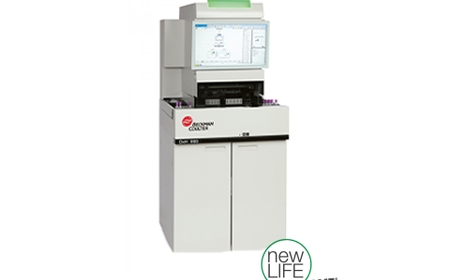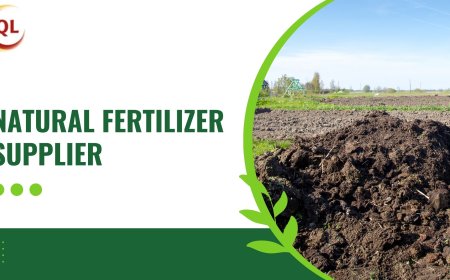Types of Heating Oil: What You Need to Know

Heating oil is a widely used fuel source for residential, commercial, and industrial heating systems. Especially in colder climates, it plays a key role in keeping homes and buildings warm during winter months. However, not all heating oil is the same. Understanding the different types of heating oil can help you choose the most efficient and cost-effective option for your needs. Heres a breakdown of the main types of heating oil available today.
1. No. 2 Heating Oil (Standard Home Heating Oil)
No. 2 heating oil is the most commonly used type for residential heating systems. It is a distillate fuel, similar in composition to diesel, and is typically used in oil-fired furnaces and boilers. Known for its high energy content, No. 2 heating oil burns hot and efficiently, making it ideal for colder regions where consistent heat is necessary. It is stored in above-ground or underground tanks and delivered by truck.
No. 2 heating oil is clean-burning and safe to use with modern heating systems. It also contains additives that prevent corrosion, sludge, and freezing, helping to prolong the life of the equipment.
2. No. 1 Heating Oil (Kerosene)
No. 1 heating oil, also known as kerosene, is lighter and more refined than No. 2 oil. Because of its lower viscosity and freezing point, it flows more easily in very cold weather. This makes it ideal for use in outdoor tanks and portable heaters. Kerosene burns cleaner than No. 2 oil and is often used in mobile homes, small furnaces, and areas with severe winter conditions.
However, kerosene is typically more expensive due to the additional refining process it undergoes. Its clean-burning properties can reduce maintenance needs, but its higher cost is an important consideration.
3. Bioheat (Biodiesel Blends)
Bioheat is a newer and more environmentally friendly form of heating oil. It is a blend of traditional No. 2 heating oil and biodiesel, which is made from renewable sources such as soybean oil, animal fats, and recycled cooking oils. Common blend ratios include B5 (5% biodiesel), B10, B20, and even B100 (100% biodiesel).
Bioheat is compatible with existing oil heating systems and requires no modifications. It reduces greenhouse gas emissions and helps decrease dependence on fossil fuels. Many states encourage or mandate the use of Bioheat blends as part of clean energy initiatives.
4. Off-Road Diesel (Dyed Diesel)
Off-road diesel is similar to No. 2 heating oil in chemical composition but is dyed red to indicate it is not subject to highway taxes. It is primarily used for construction equipment, generators, and agricultural machinery but can also serve as heating oil in certain commercial or industrial settings. It is not typically used for residential heating but remains an alternative in specific applications.
Conclusion
There are several types of heating oil available, each with its own advantages depending on your heating needs, system type, and climate. Whether you opt for traditional No. 2 heating oil, kerosene, Bioheat, or an alternative like off-road diesel, understanding your options ensures you get reliable, efficient, and cost-effective heat throughout the colder months. Always consult with a heating professional to determine the best choice for your home or business.











































